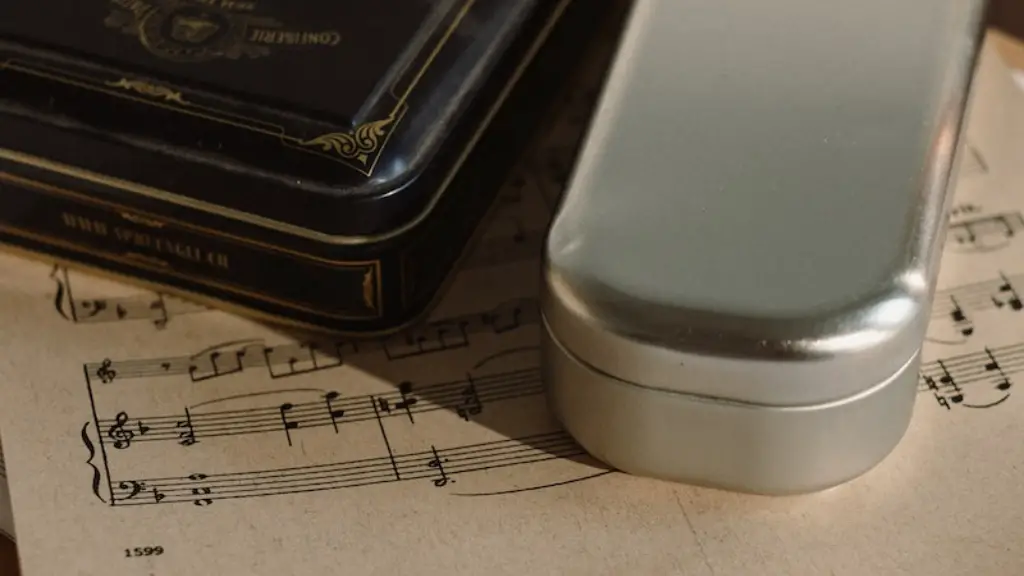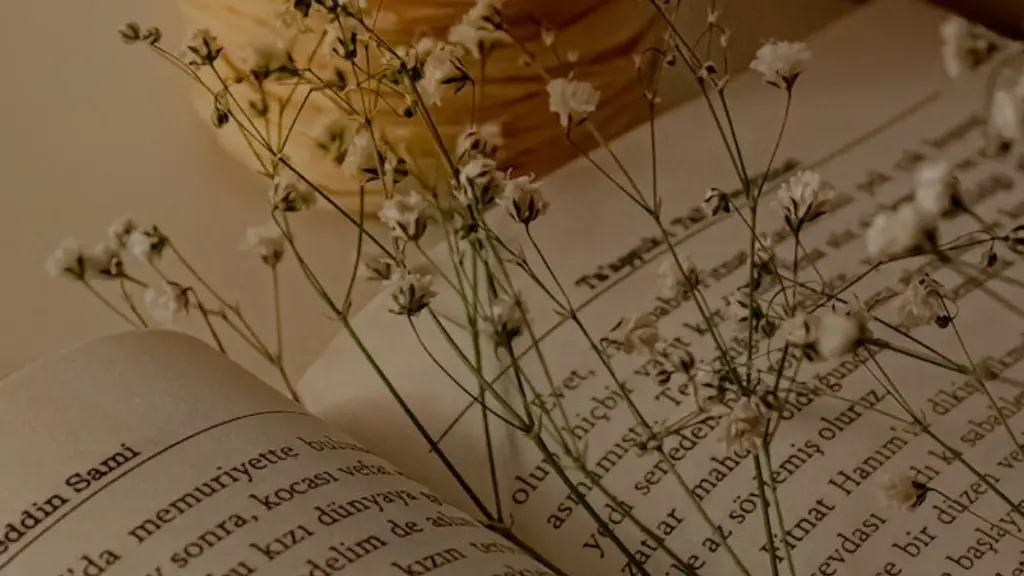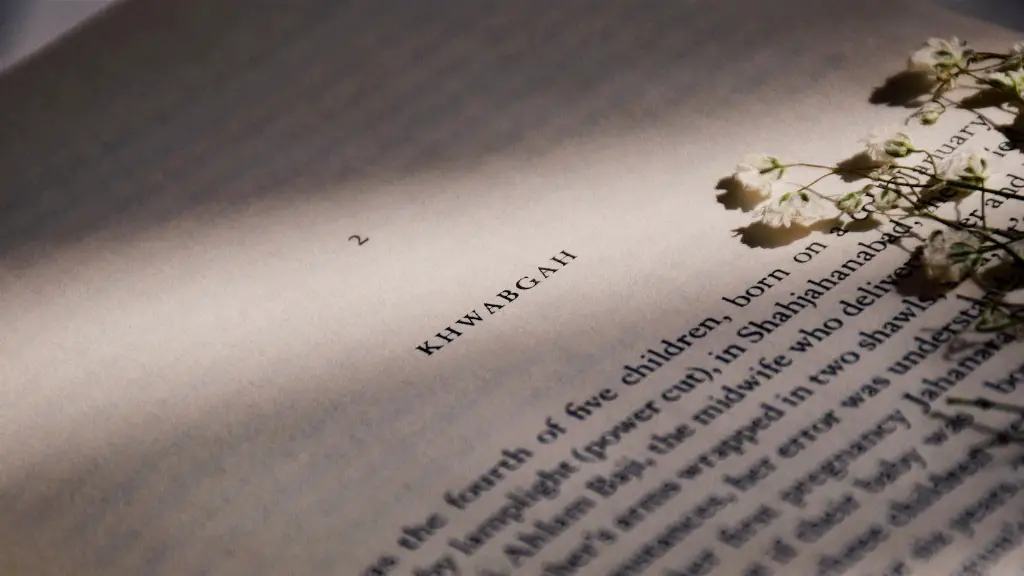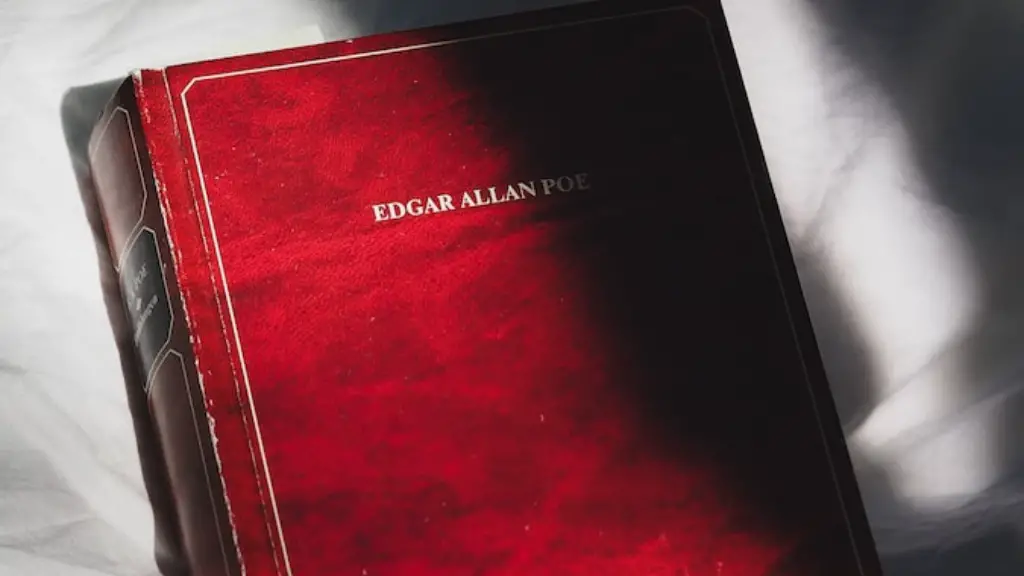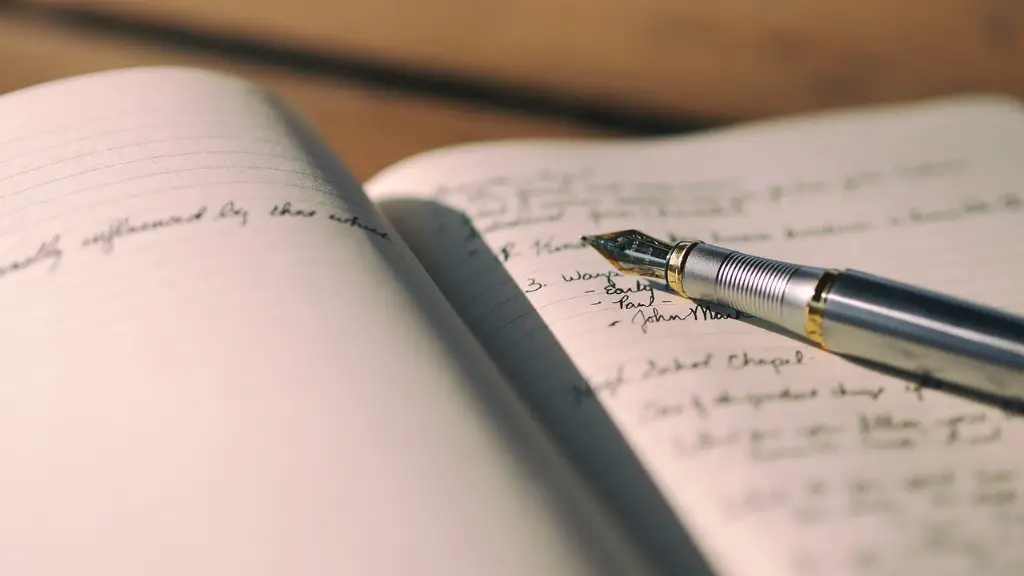Emily Dickinson was a prolific poet who wrote about many different topics in her poems. Some of her most frequent themes included love, death, nature, and religion. She often used poetic devices such as metaphors and similes to explore these topics in depth. Dickinson’s unique style of poetry often confounded her contemporaries, but her work is now considered to be some of the finest in American literature.
Dickinson’s poems are mostly about death and immortality.
What topics did Emily Dickinson write about in her poetry?
Dickinson’s poems often explore universal themes, but her unique perspective sets her apart from other writers of her time. Her poems offer a fresh and original take on love, death, war, and religion, making her one of the most important and influential poets of the nineteenth century.
Emily Dickinson is considered one of the leading 19th-century American poets. She is known for her bold original verse, which stands out for its epigrammatic compression, haunting personal voice, and enigmatic brilliance. Dickinson’s poetry is marked by her use of unconventional punctuation and capitalization, as well as by her frequent use of slant rhyme.
What was the main message for Emily Dickinson
Dickinson’s seclusion was both a choice and a result of her circumstances. She lived a largely reclusive life, which allowed her to focus on her poetry. This focus resulted in poems that addressed a wide range of emotions and topics, from loneliness and pain to happiness and ecstasy, and from death to love and love lost.
Dickinson’s poetry was heavily influenced by the Metaphysical poets of seventeenth-century England, as well as her reading of the Book of Revelation and her upbringing in a Puritan New England town, which encouraged a Calvinist, orthodox, and conservative approach to Christianity. The Metaphysical poets, including John Donne and Andrew Marvell, were known for their complex and often paradoxical imagery, and Dickinson’s poetry often employs similar techniques. For example, in her poem “Because I could not stop for Death,” Dickinson uses the image of Death as a courteous gentleman who picks her up in his carriage for a ride to eternity. This image is both shocking and reassuring, as it offers a glimpse of death as something other than the fearsome end that most people imagine. Similarly, in her poem “I heard a Fly buzz—when I died—,” Dickinson uses the image of a fly interrupting the solemnity of her own death to suggest that even in the face of death, life goes on. These complex images, along with Dickinson’s use of unconventional grammar and syntax, create a unique and powerful style that has influenced many subsequent poets.
What is unique about Dickinson’s poems?
Emily Dickinson’s writing style is unique in that she uses extensive dashes, dots, and unconventional capitalization, in addition to vivid imagery and idiosyncratic vocabulary. Instead of using pentameter, she was more inclined to use trimester, tetrameter, and even dimeter at times. This made her writing style more difficult to understand, but also more interesting and engaging.
Emily Dickinson was a spiritual lady and her poetry had crucial themes which depicted religious aspects. She talks about God and Heaven in many of her poems. Her poetry also talks about death, home and family, nature and love.
How would you describe Emily Dickinson’s writing style?
Emily Dickinson is one of America’s most renowned poets. She is known for her slant-rhyme, conceits, and unconventional punctuation, as well as her reclusive habits. Her work has been praised for its originality and for its insights into the human condition.
Emily Dickinson is considered one of America’s greatest poets. Her poetry is known for its unconventional themes, varied moods, shortness and conciseness, untitled poems, individualism and transcendentalism, unbiased opinions, mysticism and spiritualism, and realism.
Why did Emily Dickinson write about death
At a time when the mortality rate was high, death was a constant presence in Dickinson’s life. She saw death scenes in homes and experienced the loss of loved ones. This contributed to her preoccupation with death, as well as her withdrawal from the world, her anguish over her lack of romantic love, and her doubts.
Hope is a beautiful thing. It’s the light in the darkness, the thing that keeps us going when everything feels lost. It’s what gives us the strength to keep going, even when we can’t see the end. It’s what gives us the courage to keep fighting, even when we’re not sure we can win. Hope is the thing with feathers that perches in the soul, and it never stops singing.
What is the symbolism in Emily Dickinson poems?
Dickinson artfully uses symbols to establish the cycle of life and its different stages. For example, she uses a child to symbolize innocence, a field of grain to symbolize fertility, and a sunset to symbolize the end of life. By using these symbols, Dickinson is able to establish the inevitability of death and the different stages of life.
Emily was considered strange by the residents of her hometown as she took to wearing white clothing much of the time, and also for her reclusive nature. She eventually refused to come downstairs to greet her guests and sometimes would only hold conversations through the closed door of her bedroom.
What are 3 interesting facts about Emily Dickinson
Emily Dickinson was one of the most prolific American poets of the 19th century. Her work was widely anthologized and she was posthumously awarded the Pulitzer Prize for Poetry in 1930. Dickinson was born in Amherst, Massachusetts, and was largely self-educated. She is known for her unconventional use of punctuation and for her unconventional spelling. Dickinson’s poems often deal with themes of death, loss, and immortality.
When reading any poem, it is important to stay open to linguistic surprise and to read the poem more than once. This is especially true when reading the poetry of Emily Dickinson, as her poems are often highly compressed and can be difficult to parse at first. However, if you take the time to review the major characteristics of her poetry, such as her use of unconventional syntax, you may be able to better understand and appreciate her work. Additionally, it can be helpful to set aside the expectation that a poem has to “mean” one thing, and instead try to “fill in the blanks” with your own interpretation.
What is the main subject idea of the poem?
A poem’s subject is the main idea, goal, or thing that the poem is concerned with. A poem might be about a particular event or experience, a particular person or place, or a universal theme or feeling.
Dickinson frequently uses images in her poetry to create ambiguity. For example, in “I Heard a Fly Buzz-When I Died,” the image of the fly buzzing around the room could be interpreted to represent the speaker’s soul leaving her body. However, because the image is so open to interpretation, it also creates ambiguity.
Enjambment is another device that Dickinson uses to create ambiguity. By running lines of text together, she makes it difficult for readers to determine where one thought ends and another begins. This can create ambiguity by making it difficult to determine the speaker’s meaning.
Finally, Dickinson often uses dashes to create ambiguity. By interrupting her thoughts with dashes, she makes it difficult for readers to follow her train of thought. This can create ambiguity by making it difficult to determine the speaker’s meaning.
What is the overall tone of Emily Dickinson’s poems
Emily Dickinson is undoubtedly one of the most unique poets in American history. She has a handful of different tones that she employs in her poetry, depending on the subject matter. For example, she has a number of poems that deal with death and suffering, and in these pieces she tends to be quite pessimistic and depressing. The language is often dark and gloomy, and the overall tone is quite melancholy. However, she also has a number of poems that read more like tiny essays. These pieces tend to be much more optimistic, and they reveal a level of cognition that is above and beyond that of most other poets.
Dickinson uses creative punctuation in her poems to add emphasis and to createnew meanings. This style is effective in conveying her thoughts and feelings to the reader.
Final Words
Emily Dickinson wrote about a variety of topics in her poems, including love, nature, death, and religion.
Emily Dickinson is best known for her poems about nature, love, and death. She often wrote about topics that were considered taboo at the time, such as sexuality and death. Dickinson’s poetry was unique in its use of language and form, and her work continues to be popular and influential today.
